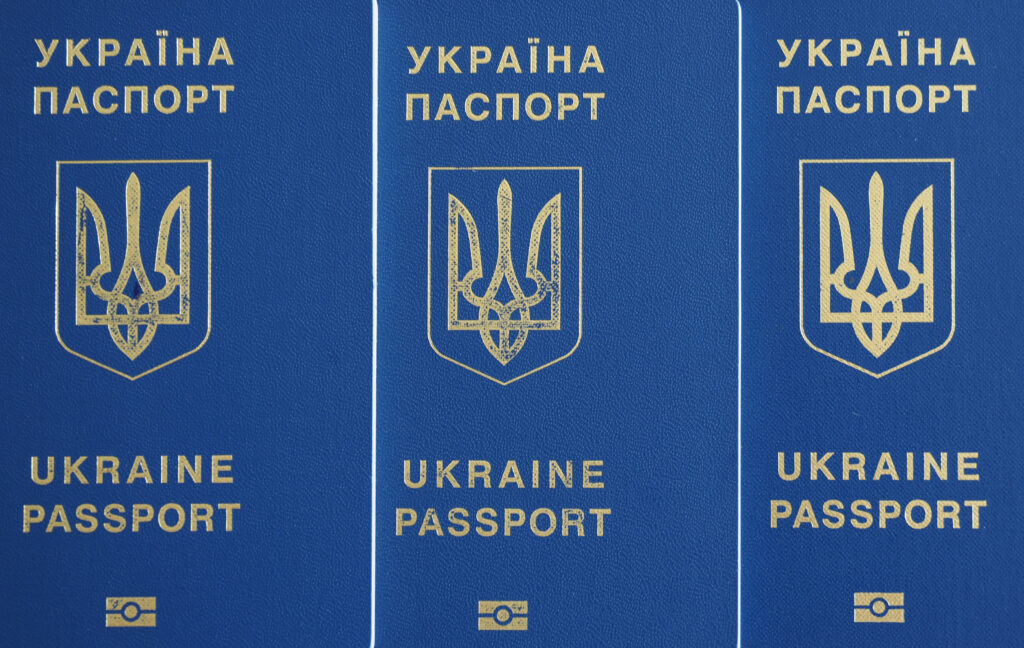A large number of young Ukrainian men have left the country in the past two months following an August 2025 decision allowing males aged between eighteen and twenty-two to travel internationally. While there are no exact figures confirming how many men have exited, the exodus has sparked a lively debate within Ukrainian society and added to existing concerns over the deteriorating demographic situation in wartime Ukraine.
With millions of Ukrainians crossing the border in both directions each week, it is difficult to gain a clear sense of the recent surge in young men traveling abroad. Britain’s Daily Telegraph reported in late October that almost one hundred thousand Ukrainian males in the eighteen to twenty-two age bracket had entered Poland during the previous two months. Meanwhile, Germany’s Interior Ministry noted that the number of young Ukrainian men registering in the country had risen tenfold from around one hundred per week to almost a thousand.
Stay updated
As the world watches the Russian invasion of Ukraine unfold, UkraineAlert delivers the best Atlantic Council expert insight and analysis on Ukraine twice a week directly to your inbox.
With men younger than twenty-five not currently subject to mobilization by the Ukrainian military, the recent outflow has been primarily felt in the employment sector. Since the relaxation of martial law travel restrictions in August, many labor-intensive industries that have traditionally relied on large numbers of young employees have reported a sharp decline in the workforce.
Ukraine’s low birth rates and high levels of economic migration meant that the country was already experiencing mounting labor shortages prior to 2022. Following the onset of Russia’s full-scale invasion, these demographic challenges have become far more acute, with millions displaced internally or crossing the border into the European Union. A 2024 survey conducted by Ukraine’s European Business Association found that 71 percent of companies were experiencing significant workforce deficits.
Ukrainian companies are responding to these new recruitment realities in a variety of ways. With hundreds of thousands of men now serving in the military, more and more women are being recruited to take on professional roles traditionally occupied by males. In an August 2024 article highlighting this employment trend, the New York Times claimed that the unprecedented wartime influx of women was “reshaping Ukraine’s traditionally male-dominated workforce, which experts say has long been marked by biases inherited from the Soviet Union.”
There has also been increased focus on retraining opportunities and vocational programs as business owners and educational institutions seeks to fill gaps in the workforce. With current shortages most severe in skilled blue collar professions, many of these training initiatives are geared toward producing candidates with the skills to address immediate shortages in strategically important sectors of the economy. According to Ukraine’s State Employment Service, the industries experiencing the largest shortfalls include construction, manufacturing, and transportation.
Eurasia Center events

In the Ukrainian retail sector, some companies are turning to teenagers and seeking to employ those aged fifteen to seventeen during vacation periods and after school hours. This trend is expected to gain momentum as employers search for practical solutions to staffing shortages. As a result, large numbers of Ukrainian teens may now be set to gain an unprecedented degree of economic independence, with possible knock-on effects for the job market and beyond.
Nobody currently anticipates a wave of returning Ukrainian refugees anytime soon. Instead, Ukrainians living in the EU are now widely recognized as an economic asset for their host countries. Research conducted in summer 2025 for the UN Refugee Agency found that Ukrainian refugees living in Poland generate around 2.7 percent of Polish GDP. “All evidence shows that Ukrainian refugees will continue having a positive economic impact while they remain in Poland, vastly outstripping the cost of any support they received,” the report concluded.
As the wartime Ukrainian diaspora becomes increasingly well established in the European Union, fewer and fewer refugees will seek to relocate back to Ukraine. At the same time, however, many of those living and working abroad continue to maintain strong ties with friends and relatives in their home country. These transnational networks are often led by Ukrainian women. They serve as an informal but importance source of economic support for families separated by the war and those based in Ukraine.
Ukraine’s demographic challenges were present long before Russia’s full-scale invasion, but the outlook has worsened significantly as a result of the war. Addressing these challenges will require coordinated efforts to integrate young Ukrainians into the workforce, mobilize underutilized labor, provide more opportunities for vocational training, and take steps to support return migration. For now, the Ukrainian labor market reflects the harsh realities of the Russian invasion, while also highlighting the resilience, resourcefulness, and ingenuity of the Ukrainian population.
Kateryna Odarchenko is a partner at SIC Group USA and president of the PolitA Institute for Democracy and Development. Zoryana Golovata is head of the Expert Group on Cognitive Management at the Ukrainian Political Science Association and founder of Women’s Voice in Action, focusing on economic resilience and mental health recovery for women in wartime Ukraine.
Further reading
The views expressed in UkraineAlert are solely those of the authors and do not necessarily reflect the views of the Atlantic Council, its staff, or its supporters.

The Eurasia Center’s mission is to enhance transatlantic cooperation in promoting stability, democratic values, and prosperity in Eurasia, from Eastern Europe and Turkey in the West to the Caucasus, Russia, and Central Asia in the East.
Follow us on social media
and support our work
Image: In this photo illustration, Ukrainian biometric passport IDs to travel the Europe without visas seen displayed on a table. (Photo by Igor Golovniov / SOPA Images/Sipa USA)





